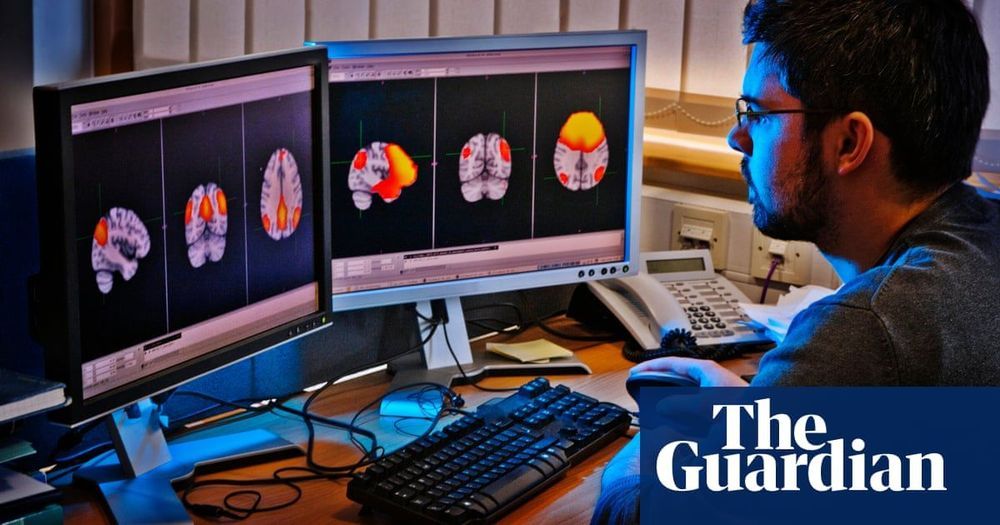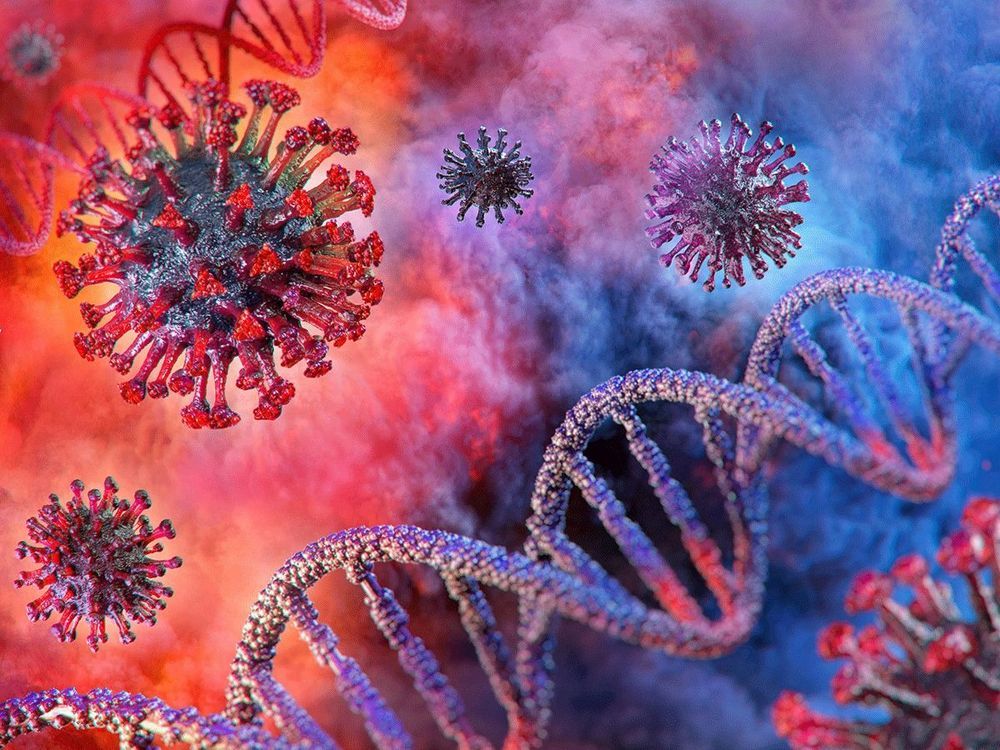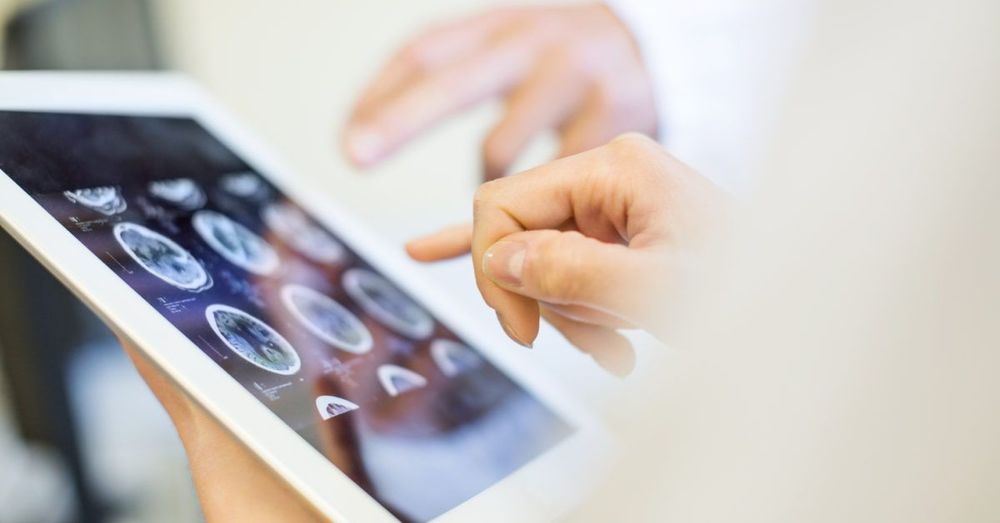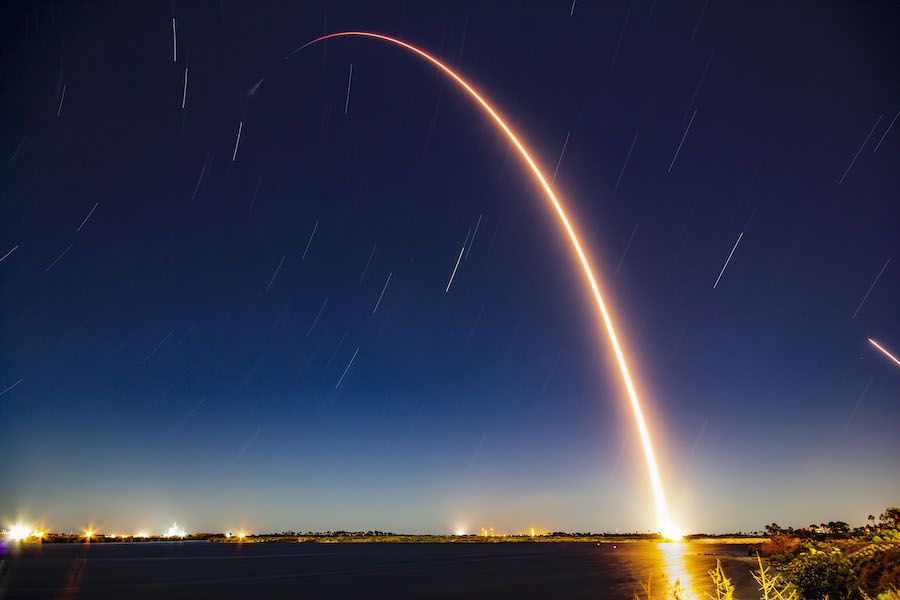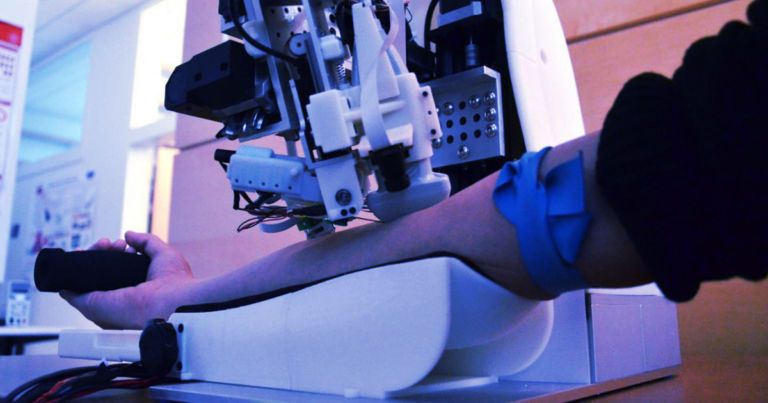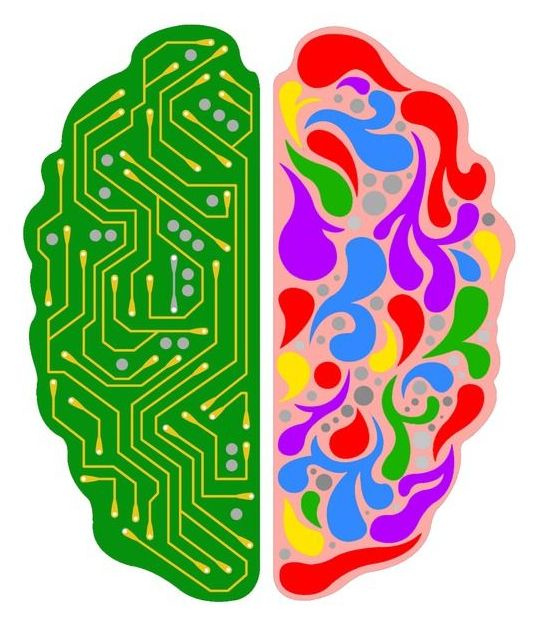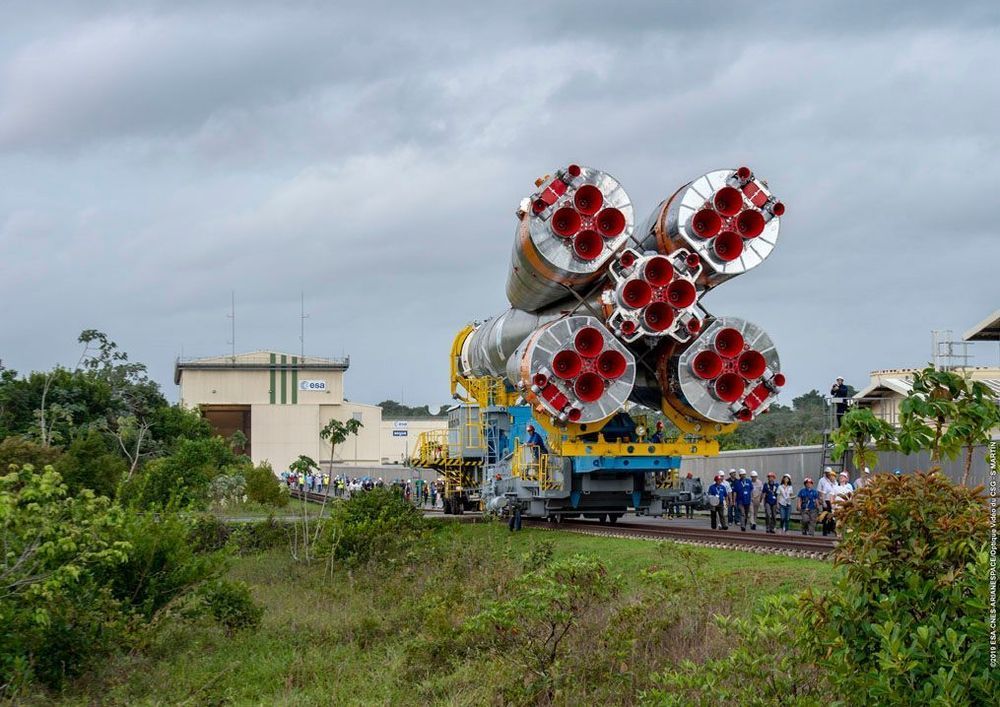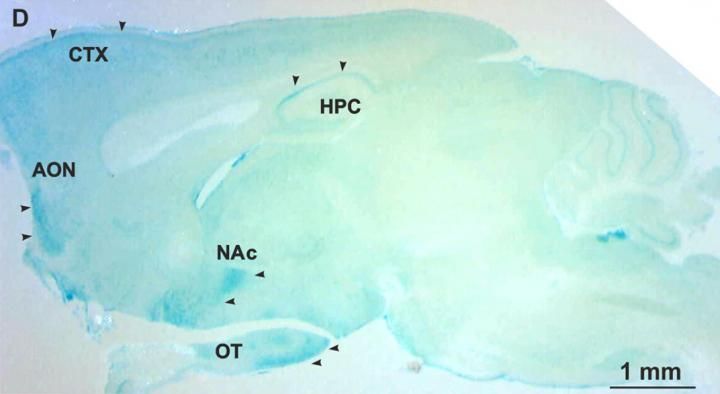Researchers say brain pathways begin to erode in late 40s, but can be repaired through dietary changes.
Avigan was developed as a flu medicine and also has been used for Ebola virus disease (EVD) treatment. EVD, which causes fatal hemorrhagic fever, resulted in more than 11,300 deaths in the West Africa region between 2014 and 2016. There is currently another outbreak in the Democratic Republic of Congo that has seen more than 2,000 fatalities to date.
HONG KONG – Fujifilm Holdings Corp. stock (TYO:4901) jumped 8.8% to ¥5,890 (US$53.48) on Feb. 25, as Japan considers using Avigan (favipiravir), an anti-influenza medication developed by the company’s Toyama Chemical Co. Ltd., to treat COVID-19. The share price ended the day at ¥5,567, for a gain of 2.83%.
The medication attracted market attention when Minister of Health, Labor and Welfare Katsunobu Kato said on Feb. 22 that the country is planning to test Avigan against COVID-19. “We hear from foreign countries that some drugs among those that have been used against influenza may be useful,” Kato said.
As of Feb. 25, more than 850 cases have been confirmed in Japan.
According to the first author of the study George Thomas, “It’s really promising to see measures like this, which can potentially track the varying progression of Parkinson’s disease, as it could help clinicians devise better treatment plans for people based on how their condition manifests.”
The co-author of the study, Dr. Julio Acosta-Cabronero from Tenoke Ltd. and the Wellcome Centre for Human Neuroimaging, UCL, also comments on the findings:
Taking aim on the International Space Station, nine kerosene-burning rocket engines powered a SpaceX Falcon 9 launcher into a clear sky over Florida’s Space Coast on Friday night to begin the final flight of the first version of the company’s Dragon cargo ship.
Minutes later, the Falcon 9’s first stage booster returned to a site a few miles from its starting point and landed at Cape Canaveral, marking the 50th time SpaceX has recovered a Falcon booster intact since the California rocket maker’s first successful recovery in 2015.
Liftoff of the 213-foot-tall (65-meter) Falcon 9 rocket — using a first stage booster that previously launched and landed in December — occurred at 11:50:31 p.m. EST Friday (0450:31 GMT Saturday) from pad 40 at Cape Canaveral Air Force Station.
In two new studies, scientists search for axions within new mass ranges but the particles remain elusive.
How do human beings co-live with #AI in the #future? https://bit.ly/39BkOXe “Artificial intelligence (AI) has triggered many concerns and discussions in recent years, and through these discussions people are prompted to introspect on what it really means to be a human being …” #technology #innovation
Artificial intelligence (AI) has triggered many concerns and discussions in recent years, and through these discussions people are prompted to introspect on what it really means to be a human being. It provides us with plenty of food for thought regarding our science, society, family, work, etc., and all of these raise an important inquiry: how is life going to be with artificial intelligence being around us?
A sharp-eyed satellite’s launch has been pushed back from its expected Thursday (March 5) launch date until no earlier than April due to a rocket problem, according to a media report.
Arianespace, which will be providing the launch from French Guiana, has not disclosed a reason for the delay. Nor did it release a new launch date for Falcon Eye 2, which is a high-performance optical observation satellite for commercial and military users in the United Arab Emirates.
Within this system, the transmission of signals between neurons in the brain occurs via the trace amine-associated receptor 5 (TAAR5). The results of the study will allow the development of new types of drugs for depression, schizophrenia and anxiety disorders.
Treatment of Neuroterrorism
Posted in biotech/medical, military, terrorism
Bioterrorism is defined as the intentional use of biological, chemical, nuclear, or radiological agents to cause disease, death, or environmental damage. Early recognition of a bioterrorist attack is of utmost importance to minimize casualties and initiate appropriate therapy. The range of agents that could potentially be used as weapons is wide, however, only a few of these agents have all the characteristics making them ideal for that purpose. Many of the chemical and biological weapons can cause neurological symptoms and damage the nervous system in varying degrees. Therefore, preparedness among neurologists is important. The main challenge is to be cognizant of the clinical syndromes and to be able to differentiate diseases caused by bioterrorism from naturally occurring disorders. This review provides an overview of the biological and chemical warfare agents, with a focus on neurological manifestation and an approach to treatment from a perspective of neurological critical care.
The online version of this article (doi:10.1007/s13311-011‑0097-2) contains supplementary material, which is available to authorized users.
Keywords: Neuroterrorism, Bioterrorism, Warfare Agents.
